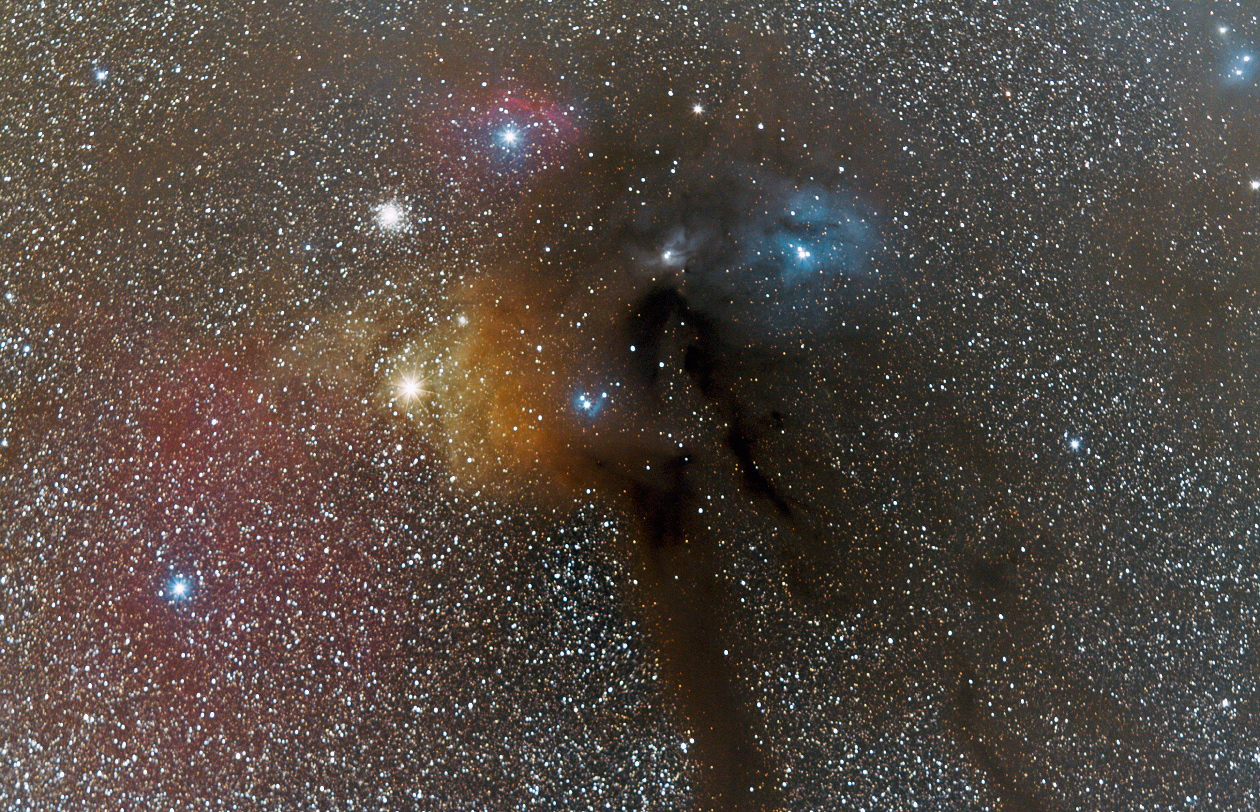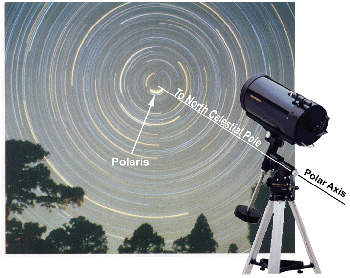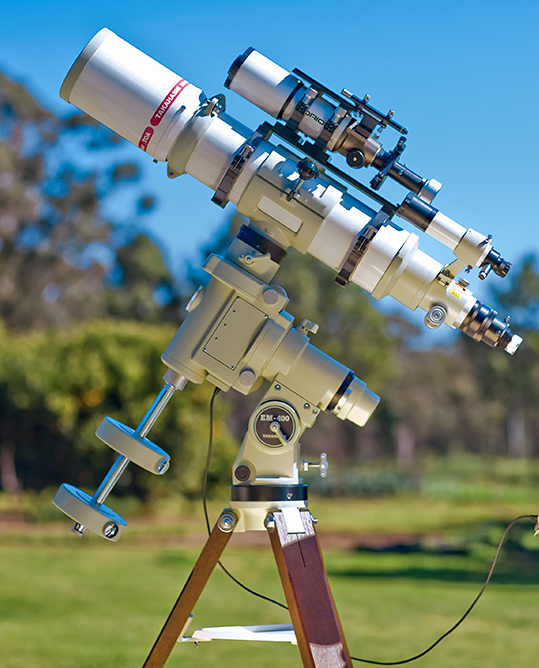Thank you so much everyone.
I'm glad you like it.
The mount is my standard one I use for portability use, an EM200.
How do you take photos with exposures that long? Doesn't the stars move during that time?
^^ What he said.
I'm presuming you have some kind of tracking mount?
Ped
Yes indeed the stars have a very quick 'apparent motion', of course as you know, it's the earth that's rotating instead so we need to counteract that by using a tracking mount.
If you extend an imaginary line up from the earth's axis you have a point in the sky that seems to be stationary (the north and south celestial poles).
By lining up the mount's axis to this point, all other points in the sky will be compensated for when you take a photo.
In the north you have the star Polaris as your 'guiding' star and this is the closest star to the north celestial pole.
In the south we're not so lucky so we need to find the south celestial pole using other methods.
Once we have things setup we can take long exposures and not worry about star trailing.
This was just to show that even with a DSLR and lens, astrophotography can yield satisfying results.
Andrew








